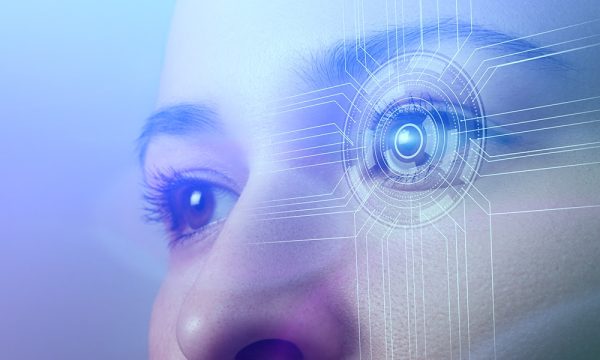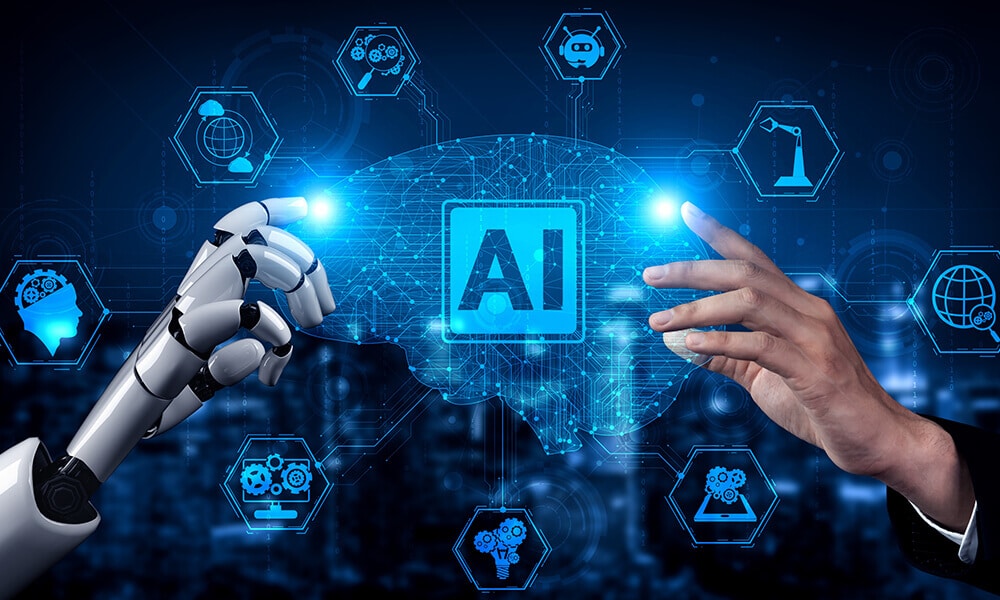The first step in deploying computer vision-based applications is to develop a data collection strategy. Data that is accurate, dynamic, and in sizable quantities need to be assembled before further steps, such as labeling and image annotation, can be undertaken. Although data collection plays a critical role in the outcome of computer vision applications, it is often overlooked.
The computer vision data collection should be such that it is capable of operating accurately in a complex and dynamic world. Data that accurately mimics the changing natural world should be used to train ML systems.
Before we learn about the must-have qualities in a dataset and explore the proven methods of dataset creation, let’s tackle the why and when of two predominant elements of data collection.
Let’s begin with the “why.”
Why is good quality data collection important for developing CV applications?
According to a recent report published, collecting data has become a significant hindrance for computer vision companies. Lack of sufficient data (44%) and poor data coverage (47%) were some of the principal reasons for data-related complications. Moreover, 57% of the respondents felt that some of the ML training delays could have been alleviated if the dataset contained more edge cases.
Data collection is a critical step in developing ML and CV-based tools. It is a collection of past events that are analyzed to identify recurring patterns. Using these patterns, the ML systems can be trained to develop highly-accurate predictive models.
Predictive CV models are only as good as the data you train them on. For a high-performing CV application or tool, you need to train the algorithm on error-free, diverse, relevant, high-quality images.
Why is Data Collection a Critical and Challenging Task?
Collecting large quantities of valuable and quality data for developing computer vision applications can pose a challenge to both large and small businesses.
So, what do companies generally do? They go in for computing vision data sourcing.
While open-source datasets may serve your immediate needs, they can also be riddled with inaccuracies, legal issues, and bias. There is no guarantee that the dataset will be useful or suitable for computer vision projects. Some disadvantages of using open source datasets are as follows:
- The image and video quality in the dataset makes the data unusable.
- The dataset could lack diversity
- The dataset could be populated but lack accurate labeling and annotation, resulting in poorly performing models.
- There could be legal compulsions that the dataset could be ignoring.
Here, we answer the second part of our question – the ‘when
When does bespoke data creation become the right strategy?
When the data collection methods you employ do not produce the desired results, you need to turn to a custom data collection technique. Custom or bespoke datasets are made of the exact use case your computer vision model thrives on since they are customized precisely for AI training.
With bespoke data creation, it is possible to eliminate bias and add dynamism, quality, and density to the datasets. Moreover, you can also account for edge cases, which will allow you to create a model that successfully caters to the complexities and unpredictability of the real world.
Fundamentals of Custom Data Collection
Now, we know that the solution to your data collection needs could be creating custom datasets. Yet, collecting massive quantities of images and videos in-house could be a major challenge for most businesses. The next solution would be outsourcing the data creation to premium data collection vendors.

- Expertise: A data collection expert has the specialized tools, techniques, and equipment to create images and videos aligned with the project requirements.
- Experience: Data creation and annotation services experts should be able to gather data aligned with the project’s needs.
- Simulations: Since data collection depends on the frequency of events to be captured, targeting events that occur infrequently or in edge-case scenarios becomes a challenge.
To mitigate this, experienced companies simulate or artificially create training scenarios. These realistically simulated images help augment the dataset by constructing environments that are hard to find. - Compliance: When dataset collection is outsourced to reliable vendors, it is easier to ensure adherence to legal compliance and best practices.
Evaluating the quality of training datasets
While we have established the essentials of an ideal dataset, let’s now talk about evaluating the qualities of datasets.
Data Sufficiency: The greater the number of labeled instances your dataset has, the better the model.
There is no definite answer to the amount of data you might need for your project. However, the data quantity depends on the type and features present in your model. Start the data collection process slowly, and increase the quantity depending on the model complexity.
Data Variability: In addition to quantity, data variability is also important to consider when determining the dataset’s quality. Having several variables will negate data imbalance and aid in adding value to the algorithm.
Data Diversity: A deep learning model thrives on data diversity and dynamism. To ensure that the model is not biased or inconsistent, avoid over- or under-representing scenarios.
E.g., suppose a model is being trained to identify images of cars, and the model has been trained only on car images captured during daylight. In that case, it will yield inaccurate predictions when exposed during the night.
Data Reliability: Reliability and accuracy depend on several factors, such as human errors due to manual data labeling, duplication of data, and inaccurate data labeling attributes.
Use Cases of Computer Vision

The core concepts of computer vision are integrated with machine learning to deliver everyday applications and advanced products. Some of the most common computer vision applications are
Facial Recognition: Facial recognition applications are a very common example of computer vision. Social media applications use facial recognition to identify and tag users in photos. The CV algorithm matches the face in images to its facial profile database.
Medical Imaging: Medical imaging data for computer vision plays a major role in healthcare delivery by automating critical tasks such as detecting tumors or cancerous skin lesions.
Retail & eCommerce Industry: The eCommerce industry is also finding computer vision technology useful. They use an algorithm that identifies clothing items and classifies them easily. This helps improve search and recommendations for a greater user experience.
Autonomous Cars: Computer vision is paving the way for advanced autonomous vehicles by enhancing their capabilities to understand their environment. The CV software is fed with thousands of video captures from different angles. They are processed and analyzed to understand road signs and detect other vehicles, pedestrians, objects, and other edge-case scenarios.
So, what is the first step in developing a high-end, efficient, and reliable computer vision solution trained on ML models?
Seeking out expert data collection and annotation experts who can provide the highest quality AI training data for computer vision with expert human-in-the-loop annotators to ensure accuracy.
With a large, diverse, high-quality dataset, you can focus on training, tuning, designing, and deploying the next-big computer vision solution. And ideally, your data service partner should be Shaip, the industry leader in providing end-to-end tested computer vision services for developing real-world AI applications.
[Also Read: AI Training Data Starter Guide: Definition, Example, Datasets]










